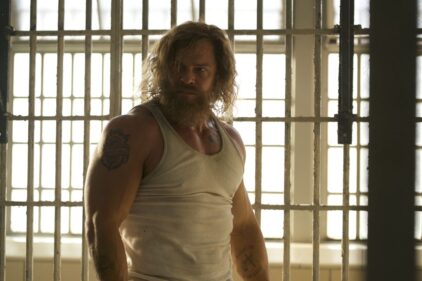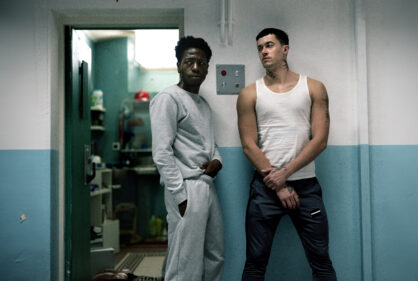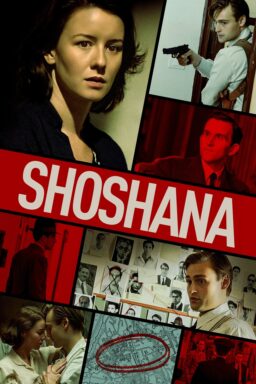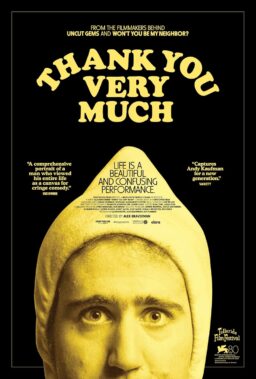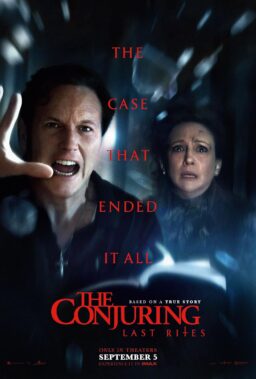SALT LAKE CITY–Fans of the Sundance Film Festival’s opening nights make bets with first-timers that Geoffrey Gilmore, the festival’s director, will walk onstage and use these exact words: “It is with great pleasure that I welcome you to this year’s Sundance Film Festival.”
They always win. This year they lost. The lights went down, a spotlight picked out the podium, and there was–Robert Redford, the festival’s founder, who usually avoids the limelight.
The applause was long and loud. Here is a mainstream Hollywood star who has won the affection of filmmaking outsiders with the single most useful contribution anyone has made to the independent film community. His Sundance Institute runs workshops for hopeful stage and screen projects. His Sundance Festival showcases indie films at the most important festival in America. And the Sundance Channel joins with IFC, Bravo, HBO and Showtime to provide cable outlets for films that can’t always find screens in the nation’s dumbed-down multiplexes.
This year, Redford observed, the institute is 20 years old and the festival is 15. “As Hollywood narrows its focus to younger audiences, high-tech films and special effects,” he said, “moviegoers are starving for more diversity.” The independent film movement fills the gap, acting as a “social barometer,” especially after Sept. 11.
The opening-night film was an example, a Sundance project that began as a play, was performed onstage, then returned to the Sundance film workshop. “The Laramie Project” is a reconstruction of the murder of Matthew Shepard, the 21-year-old gay college student who was kidnapped by two Laramie, Wyo., men about his own age, driven out into the country, tied to a fence, tortured and left to die.
To create the original play, Moises Kaufman and the New York-based Tectonic Theater Company went to Laramie, interviewed some 250 locals and then wove their words into a play where they were portrayed by actors. The movie shows this process at work: Four filmmakers, moving around Laramie, talk to teachers, bartenders, mechanics, police officers, doctors, clergymen, parents, friends. It is significant that “The Laramie Project” was funded by HBO and will premiere there March 16; at a time when Hollywood studios are shy of ambitious, risky projects, cable is stepping up to the plate.
At first the film’s method is a little off-putting because many of the actors are instantly recognizable as themselves. Here’s Amy Madigan as the cop, Steve Buscemi as the mechanic, and Sandra Bullock, Christina Ricci, Laura Linney, Peter Fonda, Janeane Garofalo, Jeremy Davies. Then the material takes over.
Opening night is at Salt Lake City’s huge Abravanel Hall, and then the festival moves up the hill to Park City, said to be already jammed this year with advance crews for the Winter Olympics. Before the screening, first-nighters mingle in the lobby, networking, exchanging pitches, and using the bane of every festival screening, their cell phones (“If it’s for me,” Redford said when a phone rang during his opening remarks, “tell them I’m speaking”).
I ran into Joe Shumway, the mayor of Laramie, and Jo Ann B. Davis, executive director of the tourism board, and I thought to myself: Is it likely that a film about the murder of Matthew Shepard will boost tourism in Laramie? After seeing the film, I thought, well, it can’t hurt. The film is not a shrill indictment of Laramie but a sad portrait of two callow young men who, as they are portrayed in the film, were capable of committing a mindless act of cruelty without even thinking about it much.
Were they encouraged by a culture of hate? That is the easy answer, but the film isn’t so predictable. It hears prejudice from many locals, but also finds citizens who are accepting and tolerant. It listens to local gays, some out, some not, and the phrase “live and let live” is skewed by a Laramie lesbian, who says, “In other words, don’t tell me and I won’t mind.” One of the most eloquent characters is the local Catholic priest, who in a halting, sincere way provides the conscience for the film. It is typical of Laramie, as it would be probably of any city, that the residents are shocked that the crime was committed by locals, and would have been obscurely relieved if the killers had been outsiders, just passing through.
After the somber mood of “The Laramie Project,” the cold night air awakened the festival’s latent spirit, which lies somewhere between a trade show and a carnival midway. People told each other about their screenings. John Malkovich, star of Friday night’s Park City opener, “The Dancer Upstairs,” was there in his beret, with Lianne Halfon and Russell Smith; the three of them produced the wonderful “Ghost World.”
People promote their films in bizarre ways. I ran into Dan Gold and Judith Halfand, who made “Blue Vinyl,” a seriocomic documentary about vinyl in American society. They were handing out necklaces to promote their film. They got the idea when Halfand’s parents had their house covered in vinyl siding. What’s on each necklace? A piece of vinyl taken directly from her parents’ house.
Now we all go up the hill, where Sundance is joined by unofficial satellite fests, like Slamdance, for refuseniks. Halfand told me of the latest: Shmoozdance, a nightly party in Park City’s Temple Har Shalom. Show your vinyl at the door.


